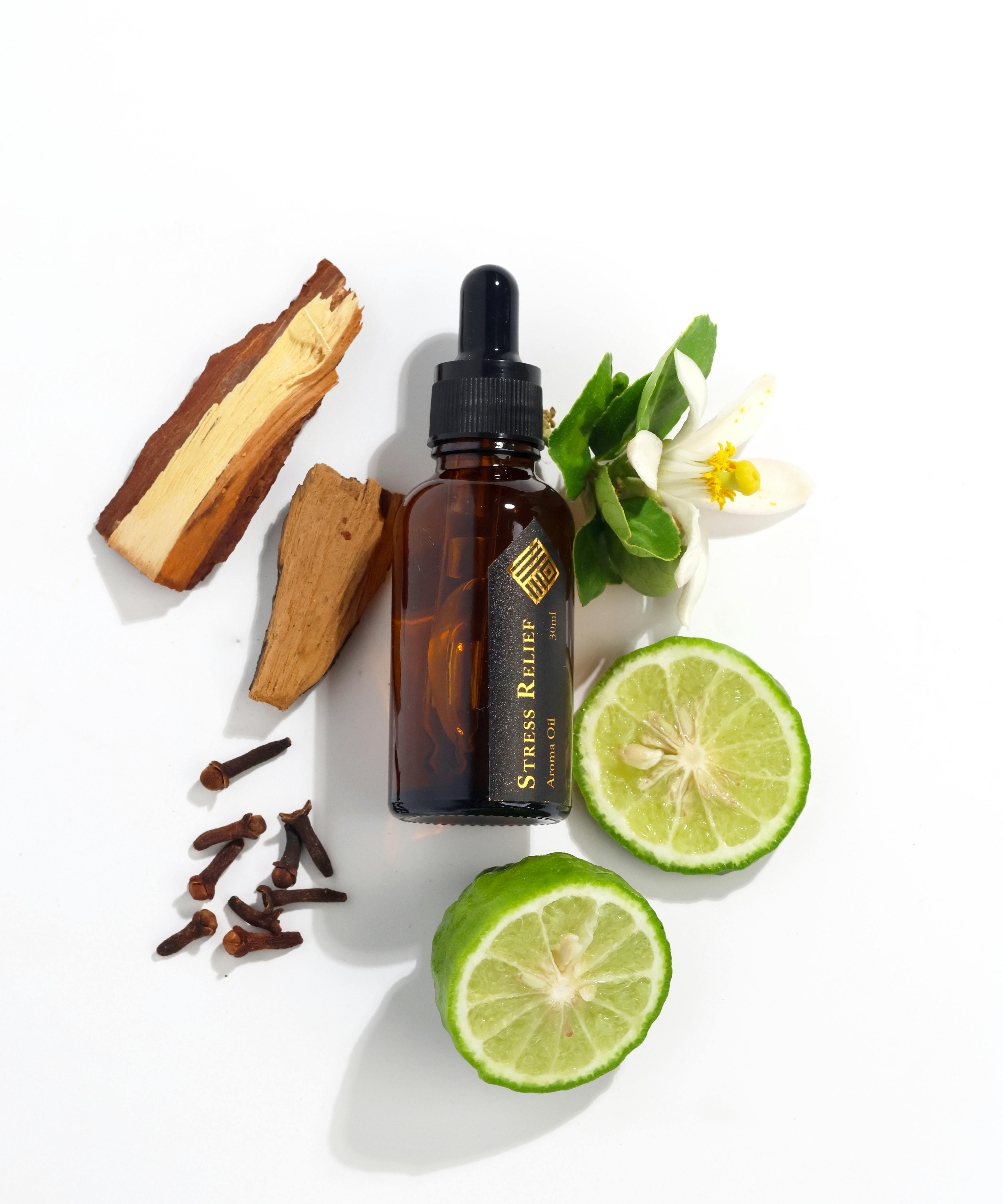The Intricacies of Juvederm: A Comprehensive Dive into the World of Dermal Fillers
In the realm of aesthetic medicine, Juvederm has carved out an enviable niche as one of the most sought-after dermal fillers. Synthesized from hyaluronic acid, a substance naturally found in the skin, Juvederm has gained popularity owing to its efficacy in smoothening wrinkles and enhancing facial contours. The allure of Juvederm lies in its non-surgical nature and the immediacy of its results, making it an appealing option for those seeking aesthetic enhancements without the downtime associated with surgical procedures.

A Historical Perspective on Dermal Fillers
Dermal fillers have a rich history that spans over a century, with the first reported use dating back to the late 19th century. Initially, substances such as paraffin wax and silicone oil were used, often with catastrophic results. The advent of collagen-based fillers in the 1980s marked a significant shift in the field, ensuring safer and more natural-looking results. However, these fillers had a short lifespan and required skin testing prior to use.
The introduction of hyaluronic acid-based fillers like Juvederm in the early 2000s was a game-changer. This biodegradable material offered a more durable solution with fewer side effects, eliminating the need for skin testing. Over the years, Juvederm has earned its place in the aesthetics industry, with its advancements and variations consistently pushing the boundaries of non-surgical cosmetic treatments.
The Science Behind Juvederm
The science that propels Juvederm’s effectiveness is rooted in the properties of hyaluronic acid (HA). HA is a polysaccharide that plays a vital role in the body’s hydration and volume maintenance, particularly in the skin. As we age, the concentration of HA in our skin decreases, leading to wrinkles and volume loss.
Juvederm, as a cross-linked HA filler, works by replenishing the depleted HA, thereby restoring skin hydration, volume, and elasticity. The cross-linking process increases the longevity of the filler by slowing down the degradation of HA, thereby allowing for sustained aesthetic enhancements.
The Influence and Impact of Juvederm
Juvederm has made a significant impact on both the aesthetic industry and societal perception of beauty. The simplicity and accessibility of the procedure have democratized cosmetic enhancements, moving them from the exclusive domain of celebrities to a broader demographic. The cultural acceptance of these treatments has also shifted significantly, with more individuals openly discussing and pursuing these procedures.
In terms of industry influence, Juvederm’s success has catalyzed the development of a plethora of hyaluronic acid-based fillers, each with their unique properties and applications. This burgeoning market has also spurred ongoing research into improving the safety, efficacy, and longevity of dermal fillers.
The Reception and Future of Juvederm
The reception of Juvederm has been largely positive, with high patient satisfaction rates reported in multiple studies. The immediate and noticeable results, coupled with the minimal recovery time, contribute to its appeal. Moreover, the ability to reverse the effects if desired offers an additional layer of comfort to patients.
However, like any medical procedure, it is not without its risks. Side effects, although rare, can occur and may include temporary reactions like swelling or bruising at the injection site, and more serious complications such as infection, allergic reactions, or lumps under the skin.
The future of Juvederm, and dermal fillers in general, seems promising, with ongoing research focused on expanding its applications and improving its safety profile. Developments in the pipeline include customized fillers for specific facial areas and longer-lasting formulations.
In conclusion, Juvederm’s rise to prominence in the world of aesthetics is a testament to its effectiveness, safety, and the increasing societal acceptance of non-surgical cosmetic enhancements. As we move forward, it is intriguing to envision how this field will continue to evolve and refine the art and science of beauty.



